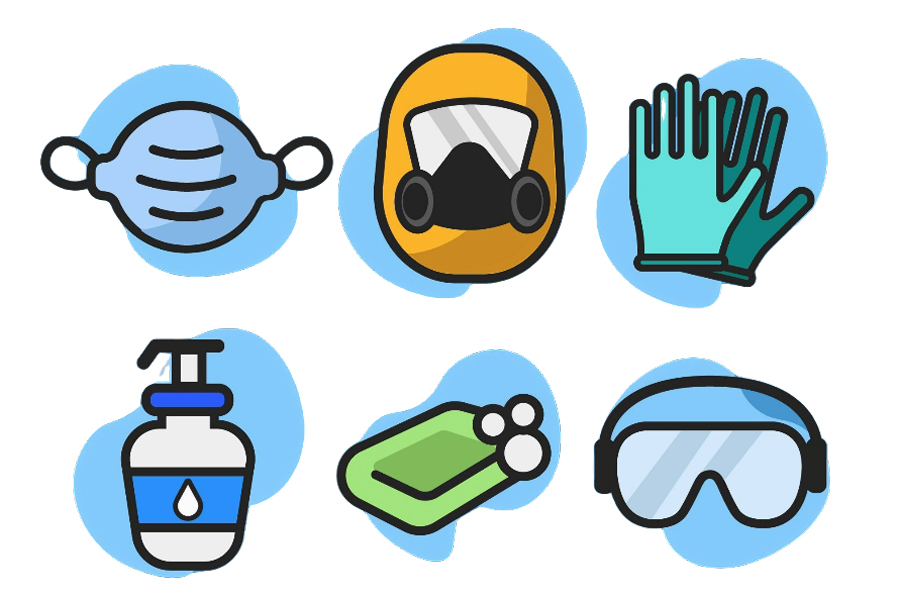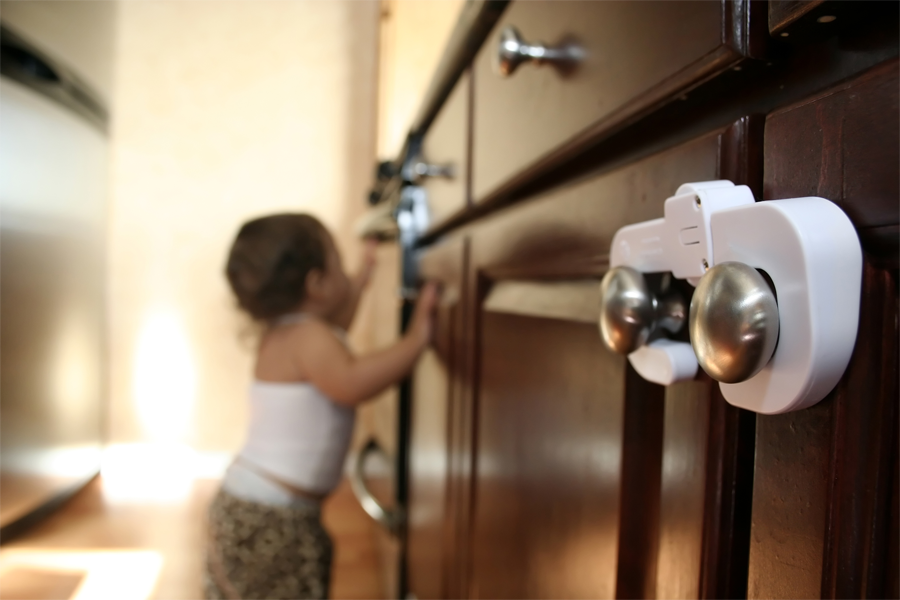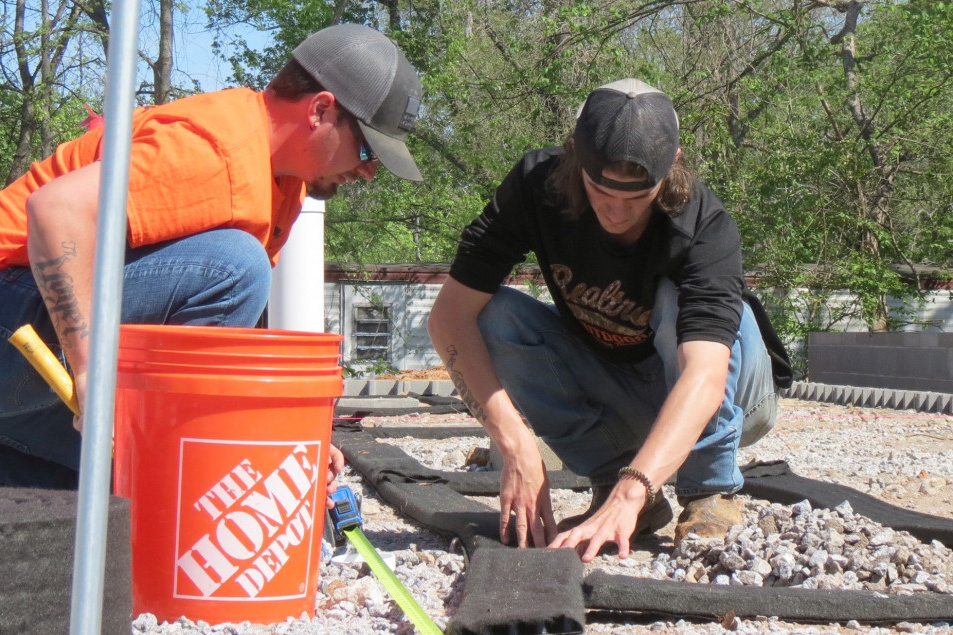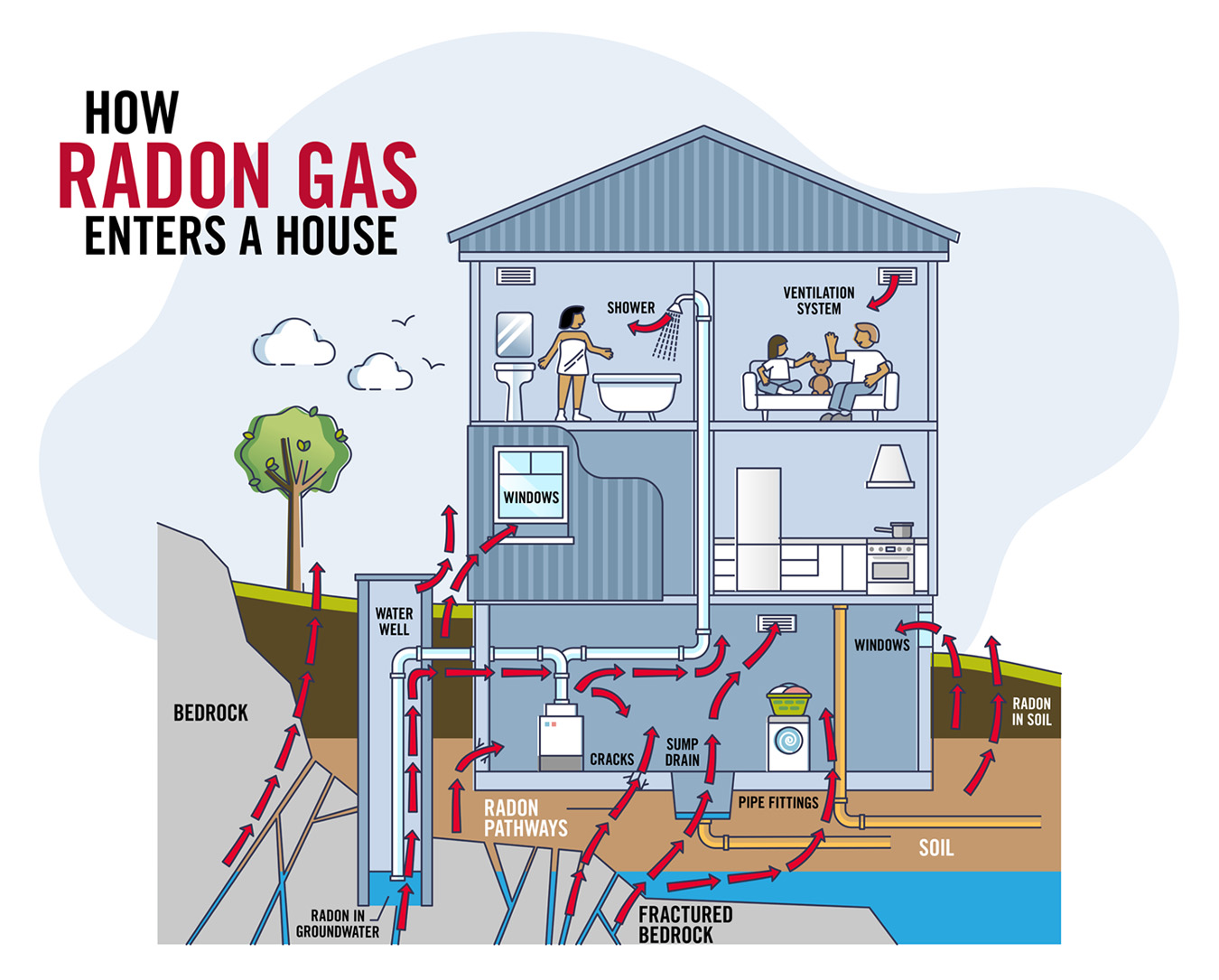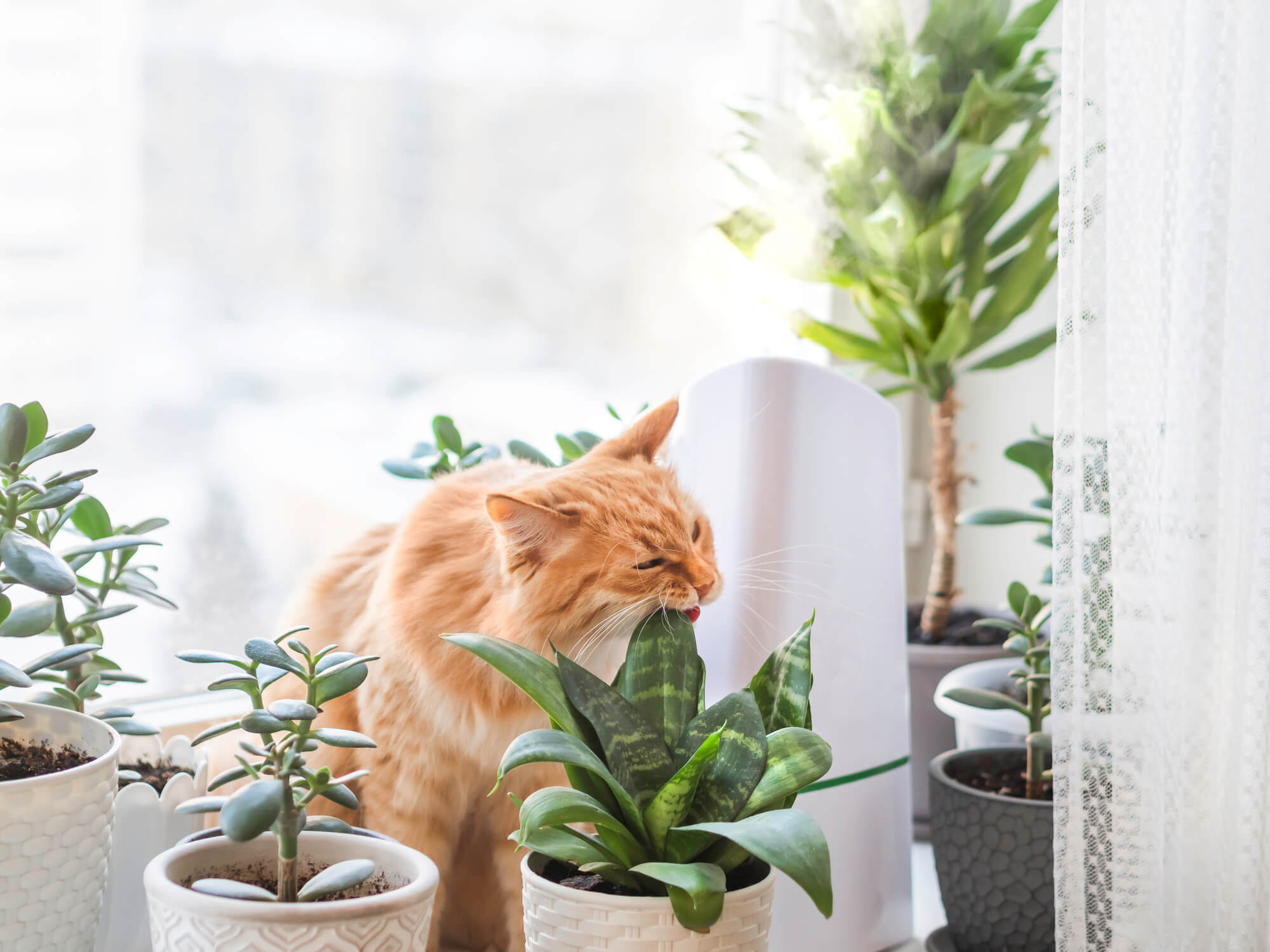Water damage can make it difficult to decide which items to keep and which to remove from your home. Floodwater can be contaminated with bacteria/viruses, chemicals, sewage, and asbestos. Guidelines from the U.S. Environmental Protection Agency (EPA) and Centers for Disease Control (CDC) advise people to get rid of porous items exposed to floodwater—like mattresses, furniture, stuffed toys, and pillows.
Some fabric items that aren’t porous are salvageable. Cleaning them can save your family money and reduce the amount of waste going into landfills. Items that you might be able to save include rugs, linens, and clothing.
To stay healthy and safe, it’s important to clean and treat these items to remove any contaminants before putting them near your body. Fabric and clothing can become contaminated by floodwater, airborne mildew, or sanitation problems that result from a lack of power or water. Listed below are guidelines to care for potentially contaminated clothing and fabric items.
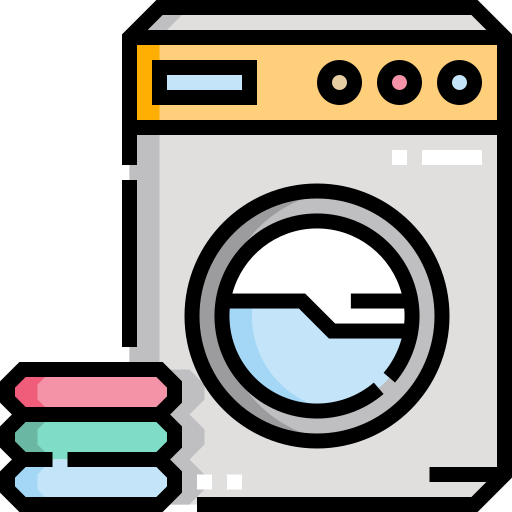
1. Where to Start: Prepare for Cleaning
Check Your Machine
Washers and dryers may have damaged electrical components or gas lines. For water-damaged appliances you should not disconnect or reconnect any appliance until it has been inspected by a professional. Check to see if you have warranty or insurance coverage. It is often cheaper to replace a water-damaged appliance rather than repair it.
If your machine works and your water is safe for laundering, you still need to clean mildewed items outside to avoid spreading mold spores inside. Items can be hosed off in a large bucket, a kiddie pool, or on a tarp on the ground.
Before using the washing machine, run an empty wash cycle with hot water and bleach to sanitize the machine.
Public Laundry Machines
If you don’t have access to working laundry machines nearby, you can use public machines to launder your clothing.
Before you take clothing into a laundromat, it should be mildew-free and uncontaminated. Public machines can spread germs.
To ensure better disinfection, check to see if the laundromat’s machine has a bleach dispenser. If it does, and your clothing won’t become too damaged, pour chlorine bleach in the machine’s bleach dispenser up to the max fill line, then add detergent to the detergent dispenser. (Many detergents can be used with chlorine bleach, but check the label to make sure.)
No Access to Machines
If you don’t have access to laundry machines, you’ll need to find water that is safe for laundering, a bucket or bin, something with a long handle to agitate the clothing from a distance, goggles and gloves, liquid chlorine bleach, and detergent. Follow the steps below in the section “Laundering Your Clothing and Linens.”
These organizations help people with laundering after water-related disasters like flooding:

2. Laundering “Coming Home” or “Clean-Up Safety” Clothing
Taking Off Your Gear
One of the most important parts of safely cleaning your gear is the way that you take it off your body (called doffing). If you don’t take off your gear carefully you could contaminate yourself.
Before taking off your gear, have these items by your side:
- bags to get rid of any disposable items
- alcohol-based hand sanitizer
- a wash bucket or usable washing machine
Items that are heavily contaminated should be prerinsed in a wash bucket or storage bin outside before going into the machine. Items that cannot go into a machine, such as helmets and boots, are generally cleaned in a bucket outside.
Please follow the steps below to safely take off your clean-up safety gear:
- Take off your boots/shoe covers and place them into a wash bucket or machine. Then use hand sanitizer.
- Take off your gloves. Place them in a bucket, bag, or machine. Then use hand sanitizer.
- Take off your hard hat, touching the outside (brim or sides) only. Then use hand sanitizer.
- Take off your goggles/face shield by lifting by the head band or earpieces. Then use hand sanitizer.
- Take off your coveralls. Touch the inside of coveralls only. As you pull them away and down, turn them inside out and roll them into a bundle for washing or disposal. Then use hand sanitizer.
- Remove your mask/respirator by grabbing elastics or ties without touching the front. Then wash your hands or use hand sanitizer.
Washing Your Gear
- Your clean-up safety gear must be washed separately from other contaminated or noncontaminated clothing and linens.
- Do not use chlorine bleach—it will eat through the materials. Instead, use a laundry detergent designed for clean-up safety gear (or PPE) such as Decon Ready™ detergent or Shield Solutions Gear Clean.
- If you’re using a wash bucket, you can use a shovel, mop, broom, or paddle to agitate and scrub the gear from a distance. Make sure all areas of the fabric get wet and scrubbed.
- Washing heavily contaminated gear two times in a PPE-safe detergent is recommended.
- After washing, hang your items to dry with boots turned upside down. Unlike other clothing, clean-up safety gear should not be left in the sun, as it can become damaged.
- Make sure to sanitize your machine or wash bucket with water and bleach before and after use.

3. Laundering Your Clothing and Linens
Items Submerged in Floodwater or Otherwise Contaminated
You need to be very careful dealing with contaminated items. Make sure to wear clean-up safety gear as you handle these items. You’ll also be dealing with chlorine bleach, so gloves and goggles are required.
Dry-clean-only garments should not be washed and may need to be disposed of. You may also need to throw away wool or leather items. You must dispose of items with foam padding, like bras and shoes.
Based on Your Access to Clean Water
- If you do not have access to usable water, hang items to dry in the sun outside. The UV light will slow down mold growth and kill bacteria.
- If you do have access to water, use a large bucket, storage or trash bin, kiddie pool, or a tarp on the ground to hose off items outdoors. To avoid putting your gloves in bleach water, have a large mop, paddle, or shovel to move and agitate the clothes from a distance.
For Contaminated Items
For items submerged in floodwater or further contaminated, you must use a strong disinfectant, such as an EPA-registered liquid chlorine bleach. This should NEVER be mixed with ammonia, vinegar, or other acids (mixing these together creates a deadly toxic gas).
Colorfast bleach is not an EPA-registered disinfectant. Do not use this or any product that does not have an EPA registration number.
- If your machine works and your water is safe for laundering, you still need to clean off contaminated or mildewed clothing and linens outside to avoid mold spores or contaminants from spreading inside.
- Wash the clothes in small loads. Bleach is harsh on wool, silk, spandex, and leather. It can fade colorful fabrics and cause them to bleed, so wash clothing with like colors and be prepared for fading.
- Read the bleach’s directions on the bottle. Don’t guess. You need the correct ratio to kill germs. Measure and add cool water to the bucket, then measure the bleach to add into the water. (Example: 2/3 cup of bleach per 1.5 gallons of water).
- Add your load of clothes into the water. Use your long-handled tool to agitate and move the clothes, ensuring that all areas of the clothing have been touched with bleach water.
- After several minutes, rinse off or hose down the clothing to remove the bleach. Once this step is done, use a washing machine or bucket to wash the clothing a second time with laundry detergent.
- If you have a dryer, use the highest heat setting. If you don’t have a dryer or need to hang clothes to dry, put them outside in the sun. Ultraviolet light actually helps to kill the bacteria.
Items That Did Not Touch Floodwater
Clothing and linens that didn’t touch floodwater still need to be laundered, as moisture in the air can still cause mold to grow.
- If your machine works and your water is safe for laundering, you still need to clean off mildewed clothing and linens outside to avoid mold spores from spreading inside.
- Use a large bucket, storage or trash bin, kiddie pool, or a tarp on the ground to hose off items outdoors. To avoid putting your gloves in bleach water, have a large mop, paddle, or shovel to move and agitate the clothes from a distance.
- To fully sanitize the items, you should use liquid chlorine bleach. This should NEVER be mixed with ammonia, vinegar, or other acids (mixing these together creates a deadly toxic gas). Wear goggles and gloves when you handle bleach.
- If you do not use bleach, wash your clothing outside with liquid laundry detergent. You can wash them a second time using your machine inside.
- To dry items, use a dryer with the highest heat setting or hang items in the sunlight outside.
FEMA Assistance
If you’ve lost personal property items such as clothing, appliances, room furnishings, essential tools, or items required for disability assistance, you can fill out applications for assistance from the U.S. Federal Emergency Management Agency (FEMA; https://www.fema.gov).
To Apply for FEMA Assistance
- visit DisasterAssistance.gov.
- use the FEMA app for smartphones.
- visit a Disaster Recovery Center (https://egateway.fema.gov/ESF6/DRCLocator).
- call the helpline at 1-800-621-3362. Help is available in most languages. If you use a relay service, such as video relay service (VRS), captioned telephone service or others, give FEMA your number for that service. Lines are open from 7–11 p.m. Eastern Time, 7 days a week.
How Can You Help?
- Help your neighbors wash/dry their items. Help them bleach or rinse off clothing outside. Offer your washing machine or dryer once these items have been disinfected.
- Assist in clothing drives and making emergency supply kits.
- Donate basic items that are in good condition, such as jeans, T-shirts, and shoes. Purchase items to donate, such as underwear and socks.
- Contact local relief organizations to find out the specific items that people in your area need.
References
Crawford, C., & Smith, L. E. (1995). Flood clean-up: General guides for clothes and household textiles. University of Illinois Cooperative Extension Service.
Centers for Disease Control and Prevention. (2022). Preparedness and safety messaging for hurricanes, flooding, and similar disasters (2nd ed.). U.S. Department of Health and Human Services. https://www.cdc.gov/hurricanes/php/preparedness-and-safety-messaging/index.html
Centers for Disease Control and Prevention. (2024, February 9). Guidelines for cleaning safely after a disaster. U.S. Department of Health and Human Services. https://www.cdc.gov/natural-disasters/safety/index.html
Federal Emergency Management Agency. (2013). Cleaning flooded buildings: Hurricane Sandy recovery fact sheet No. 1. https://www.fema.gov/sites/default/files/documents/fema_cleaning-flooded-buildings-hurricane-sandy-fs-001.pdf
Gagliardi, M. (n.d.). Bleach dilution ratio chart for disinfecting. The Clorox Company. Retrieved July 18, 2025, from https://www.clorox.com/learn/bleach-dilution-ratio-chart/
Moore, M. (2024). Coastal hurricane preparation. University of Florida IFAS Extension. https://blogs.ifas.ufl.edu/pascoco/2024/09/03/coastal-hurricane-preparation/
National Institute for Occupational Safety and Health. (2021). Hurricane key messages for employers, workers, and volunteers. U.S. Department of Health and Human Services. https://stacks.cdc.gov/view/cdc/109892
Oklahoma State University. (2015). Cleaning household textiles and clothing after a flood. https://news.okstate.edu/articles/agriculture/2015/cleaning-household-textiles-and-clothing-after-a-flood.html
Reichel, C. H. (2021, March 26). Avoiding mold hazards in your water‑damaged home. LSU AgCenter. https://www.lsuagcenter.com/articles/connected/avoiding-mold-hazards-in-your-waterdamaged-home
Reichel, C. H., Autilio, K., & Goldschmidt, M. (2015). Rebuild Healthy Homes: Guide to post‑disaster restoration for a safe and healthy home. U.S. Department of Housing and Urban Development. https://nchh.org/resource/hud_rebuild-healthy-homes/
Rice, T. (2016). Water damage restoration and clean up checklist. Texas A&M AgriLife Extension Service. https://agrilifeextension.tamu.edu/asset-local/water-damage-restoration-clean-up-checklist/
Turner, P. R., Ogden, J. E., & Badding, M. (2023). Removing mold in your home (Circular 1047‑2). University of Georgia Cooperative Extension. https://extension.uga.edu/publications/detail.html?number=C1047-2
University of Wisconsin Extension. (n.d.). Cleaning flood‑soiled clothing and bedding: What to salvage and how to clean it. https://lincoln.extension.wisc.edu/files/2011/04/Cleaning-Flood-Soiled-Clothing-and-Bedding.pdf
U.S. Department of Homeland Security. (2025). Build a kit. Ready.gov. https://www.ready.gov/kit
